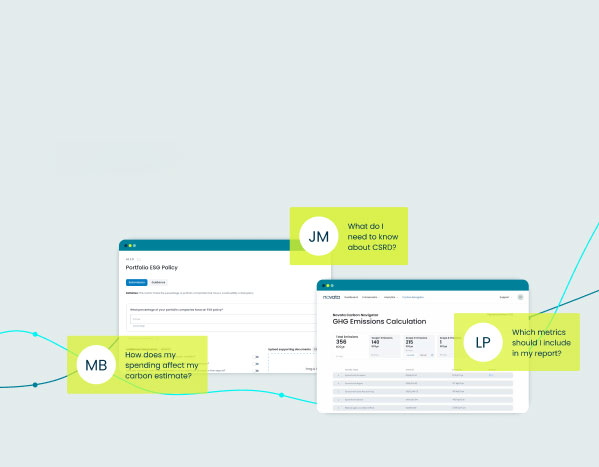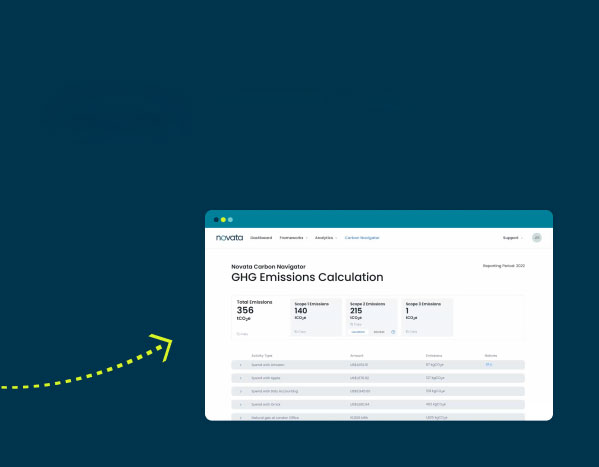The European regulatory landscape has been a key driver of ESG adoption globally as mandatory requirements continue to shape disclosures. In the US, while mandatory reporting on environmental, social, and governance (ESG) factors has moved at a decidedly slower clip, regulations are quickly picking up the pace, with legislation such as California’s Climate Accountability Package requiring disclosures from investors and private companies.
With multiple ESG regulations in or coming into effect in the near future, it is critical for US investors to understand how to navigate what’s ahead. Here are three key things US GPs should know about the evolving ESG regulatory landscape:
1. US investors are feeling the tailwinds of ESG regulations in the EU
In the last few years, regulations such as the Sustainable Finance Disclosure Regulation (SFDR) and the Corporate Sustainability Reporting Directive (CSRD) have made headlines because of their widespread applicability and global impact. Although introduced in the EU, these regulations have significant implications for US investors that operate or intend to operate in the EU. The EU regulatory landscape has also served as a blueprint for other jurisdictions introducing ESG-related regulations, and US investors can expect to feel the impact of these requirements. In addition to these regional regulations, different countries within the continent may have reporting requirements that are important to keep track of. For example, the UK’s Sustainability Disclosure Requirements has its own set of guidelines and reporting deadlines.
2. Interoperability can reduce reporting burdens
Navigating the different reporting requirements, timelines, and data points can be a complex process. However, the interconnectedness between some of the regulations and other reporting frameworks means that there is some overlap in the underlying data. Leveraging this opportunity can help reduce the reporting burden. For instance, many sustainability regulations will call for companies to report on carbon data and governance policies, so getting a head start by tracking emissions and outlining existing governance policies will streamline the reporting process.
On the standards and frameworks side, the full Task Force on Climate-related Disclosures (TCFD) Recommendations are included in IFRS S1 and S2 disclosure requirements. EFRAG, the technical advisory board tasked with implementing the standards for CSRD compliance, also released a mapping document to reconcile similarities and differences between ESRS and IFRS S1 and S2. Identifying how standards and regulations overlap is critical to reducing reporting burdens.
3. Assurance is quickly becoming critical
Third-party assurance involves an independent review of sustainability information to confirm the accuracy of reported data. This practice, once a differentiator, is quickly becoming a requirement. Regulations, including the CSRD and California’s SB 253 and SB 261, require companies to undertake assurance in order to comply. Companies in scope for these ESG regulations will need to account for the time, resources, and costs associated with this process during the reporting period.
Navigating the Regulatory Landscape
As the regulatory landscape continues to evolve and reporting on ESG-related metrics moves from voluntary to mandatory, US investors will need to be prepared to meet changing requirements. To learn more about how these regulations will impact US investors, watch our recent webinar, ESG Regulations: What US Investors Need to Know.






